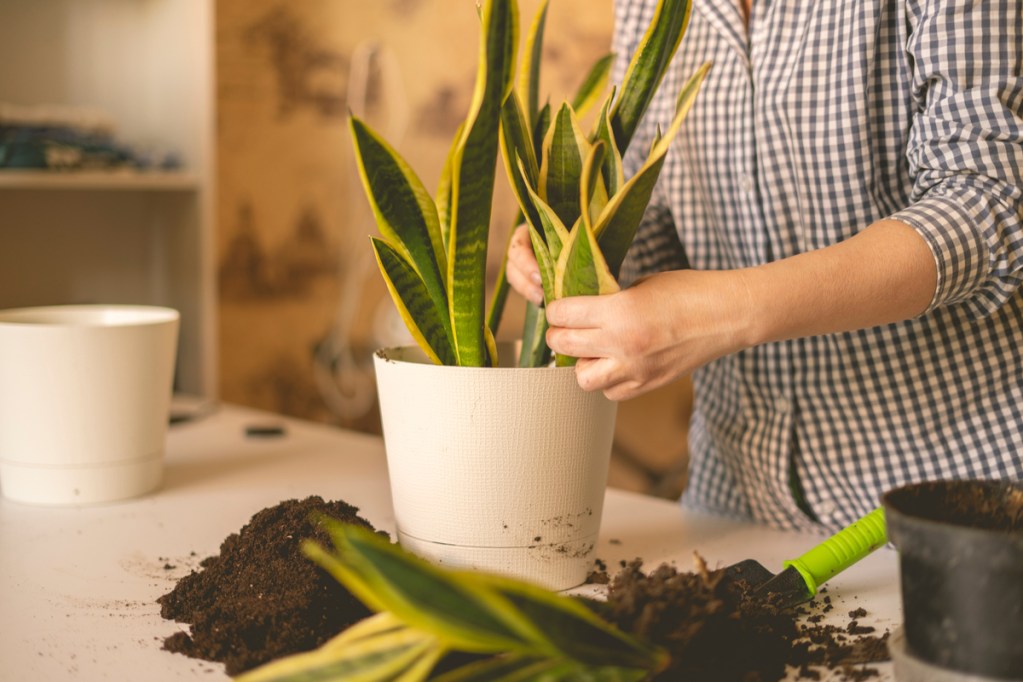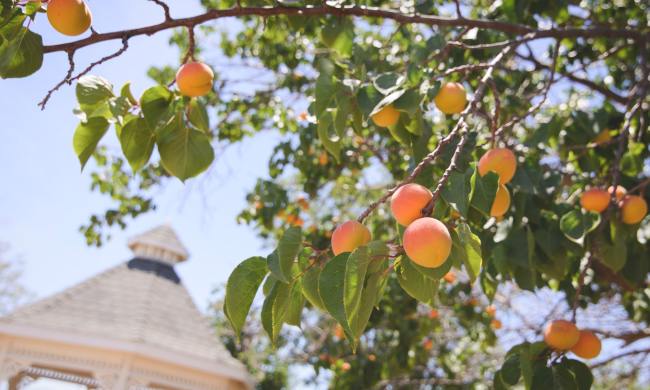One of the main ways gardeners fill their homes and gardens with plants is propagation. Growing a plant from a cutting, dividing the roots, or even just collecting and saving the seeds of a mature plant are all popular and easy forms of plant propagation. What you may not know is that not all plants can be propagated! It isn’t a quirk of the plant stopping you, though, it’s the law. This simple guide to plant patents will explain everything you need to know to make sure your propagation station follows the law.
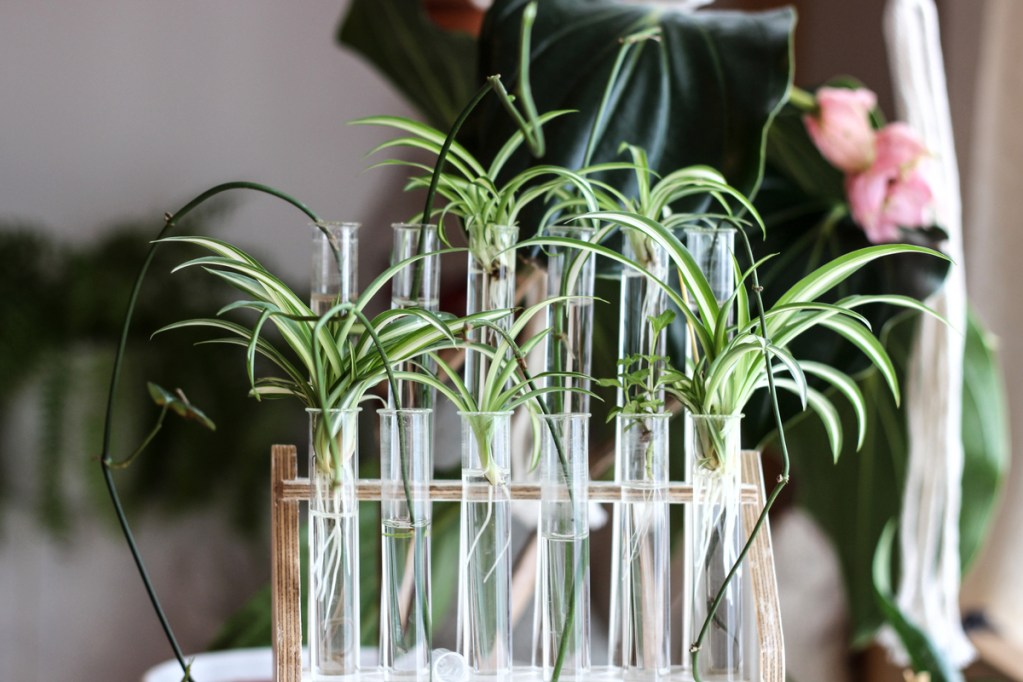
What is a plant patent?
Patents are a legal protection meant to stop other people from making and selling a new invention. Any inventor can apply for one, and there are different types of patents for different types of inventions. Since patents apply to new inventions, you may be wondering what sorts of plants can be patented. The answer is hybrid plants. Hybrids are created by pollinating one plant with the pollen of a different one, creating seeds that grow into a plant with some qualities of both plants.
Creating a hybrid that’s reliable and has the characteristics the inventor wants can take a long time, and plant patents ensure that their work won’t be stolen. Plant patents make it illegal to propagate and sell the protected plant without permission, and they typically last for 20 years.
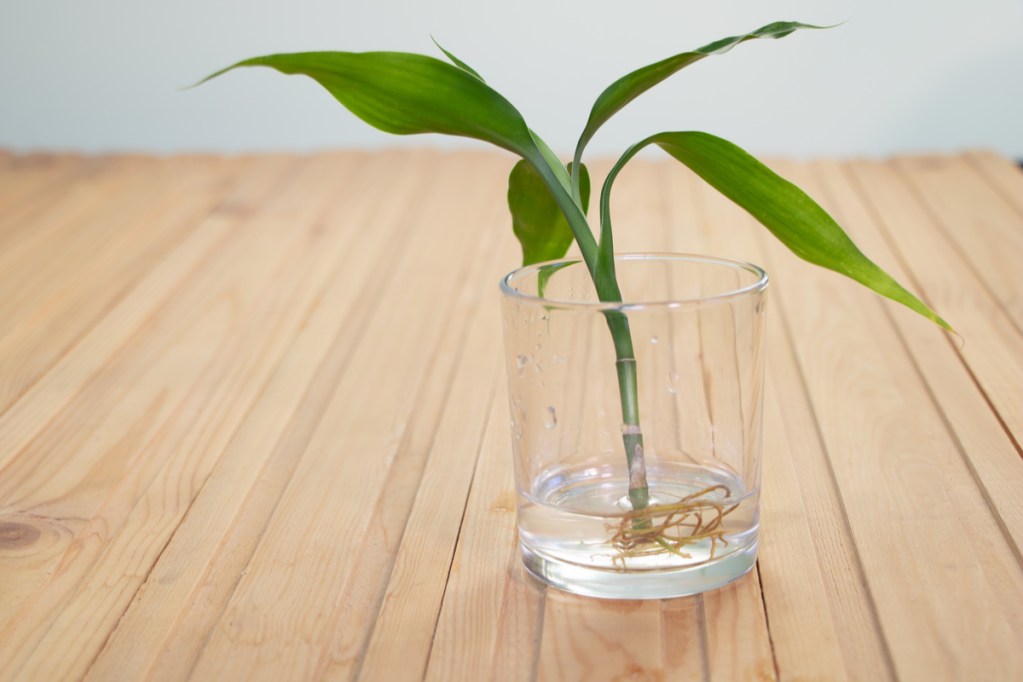
How do you know if your plants are patented?
Since plant patents only apply to new hybrids, you won’t need to worry about any heirloom plants or older hybrids you have. Plants protected by patents will be labeled as such in nurseries, so check the tags that came with your plant. If you don’t have the labels anymore, check the nursery or website the plant came from. Knowing the name of the hybrid can be useful as well. You may be able to see if the plant is patented with a quick internet search, or you can check the U.S. Patent and Trademark Office’s Patent Public Search.
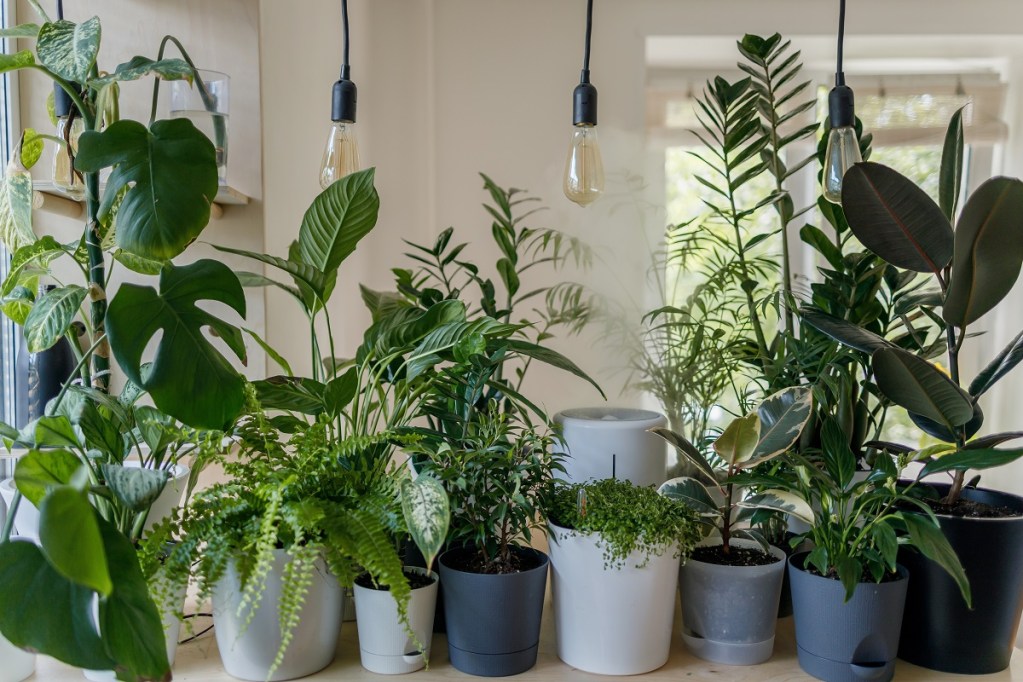
What other types of plant protections are there?
In addition to plant patents, there are plant variety protection certificates (PVPC) and utility patents. Utility patents are stricter than plant patents and cover a wider range of plants and plant-related inventions. While plant patents only apply to new hybrids, utility patents can be secured for seeds, fruits, or even the specific genes found in a new plant. They are more commonly used to cover crops or other agricultural inventions, but they can be acquired for flowers as well.
PVPCs apply to new varieties of plants rather than new hybrids. Varieties are mutations or changes in a plant, such as a new color or smaller flowers, rather than an entirely new type of plant. An interesting difference between the PVPC and patents is that they are issued by different departments. Patents are issued by the U.S. Patent and Trademark Office, while PVPCs are issued by the USDA’s Plant Variety Protection Office.

How does this impact home gardeners?
The primary reason for these legal protections is to stop others from selling propagated plants and taking money away from the original inventor. Home gardeners who are propagating patented plants for personal use (meaning not to sell or give away) are less likely to be prosecuted. However, plant propagation for personal use does still violate the patent, so legal action is a possibility.
If you’re anxious about plant patents, you can stick to heirloom or heritage varieties, as these are either not protected by patents or old enough for the patents to have ended. Heirloom and heritage plants are also easy to spot, as they are usually clearly labeled.
So now you know the basics of plant patents and other legal protections that might make propagating your plant illegal. While this doesn’t often impact home gardeners, unless you’re selling the cuttings or seeds to others, it’s still something to be aware of. Reading the labels of plants or checking online can tell you if a plant is patented or not, but if you aren’t certain, then sticking to older plants is a safe choice.
